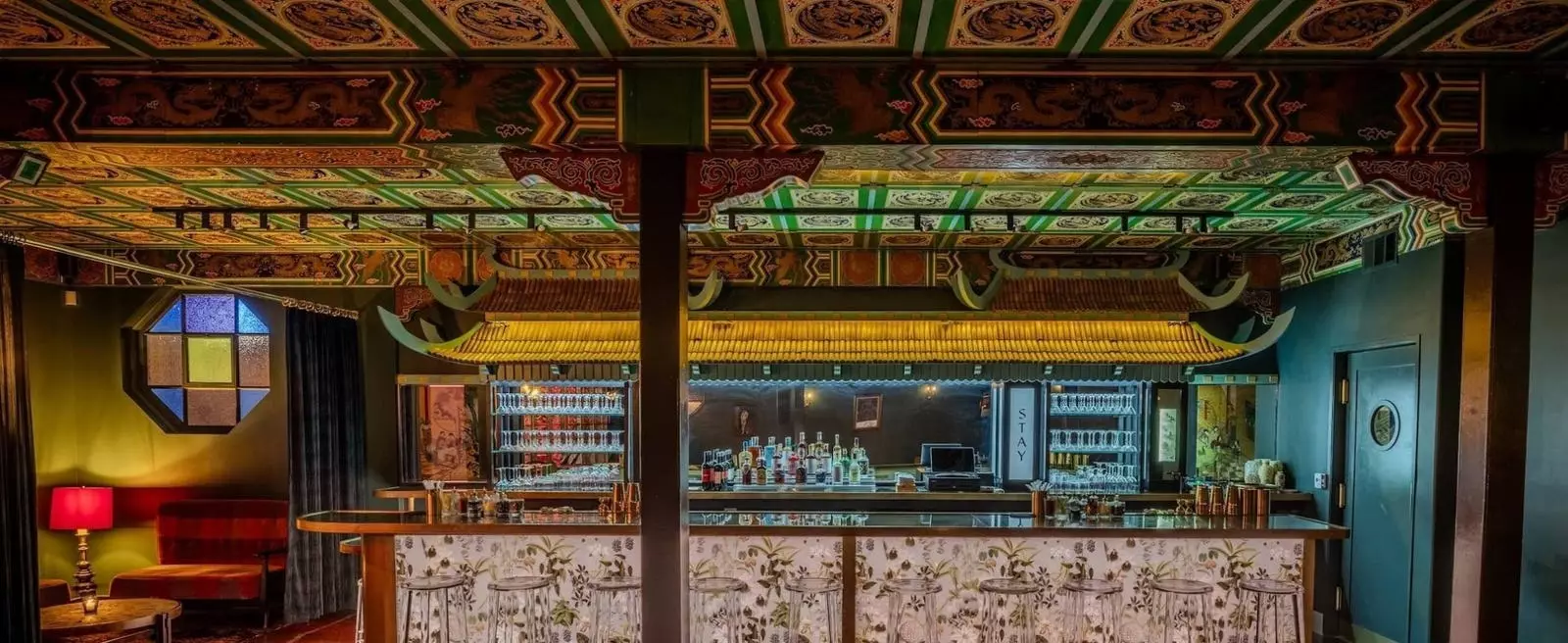In January, the launch of STAY., heralded as Los Angeles’s pioneering “Zero-Proof” bar, epitomized a novel trend in social drinking. This uniquely focused establishment dedicated itself to crafting sophisticated non-alcoholic (NA) beverages within an ambiance designed for adults looking to unwind without the effects of alcohol. However, despite the burgeoning appeal of sober-curious lifestyles and the increasing demand for NA options, STAY. has recently shuttered its doors. This serves as an intriguing case study in the realities of the non-alcoholic beverage industry, especially when juxtaposed against a backdrop of fluctuating consumer habits.
STAY. was, without doubt, an ambitious endeavor that attempted to redefine traditional bar experiences by offering an imaginative menu created by NA mixologist Derek Brown. Brown’s concoctions were crafted using high-end NA spirits, reflecting the aesthetics of classic cocktails like margaritas and old fashioneds, thus inviting patrons to enjoy the taste of drinking without intoxication. However, the challenge lay not just in the quality of the product, but in attracting a consistent clientele.
The establishment’s closing, as articulated by owners Summer Phoenix and Stacey Mann, underscores a broader issue. While Phoenix and Mann expressed pride in their contributions to the sober-curious movement, their experience highlights the complexities of sustaining a niche market in Los Angeles, a city often associated with a vibrant nightlife culture. Mann had previously acknowledged the uphill battle of drawing patrons, stating, “It’s on the rise, it is a struggle to get people in the door.”
One of the striking revelations from the STAY. experience pertains to community engagement. Chris Marshall, the founder of Austin’s Sans Bar, noted that establishing a community around non-drinking is paramount for success. Marshall’s insights indicate that while the NA bar phenomenon is indeed growing, it requires a foundational community willing to embrace this lifestyle. This task can be particularly challenging in environments saturated with traditional drinking culture, where individuals may feel alienated or unsure about venturing into an NA space.
As elusive as it may seem, Maurer’s observation is crucial; it suggests that non-alcoholic bars might need alternative business strategies for optimal sustainability. For instance, Sans Bar operates various revenue streams such as consulting for traditional bars and renting out its space for events. This potent combination of fostering community, educational outreach, and diversifying income sources could potentially hold the key to success for future NA ventures.
Though the closure of STAY. is a poignant reminder of the volatility within the NA sector, it simultaneously opens up dialogue regarding the future of such establishments. Marshall’s optimism regarding a chain of non-alcoholic bars emerging within the next five years is uplifting, suggesting a trajectory that may see wider acceptance of sober spaces in the mainstream cultural scene. However, this optimistic future will necessitate concerted efforts on multiple fronts: crafting inviting atmospheres, developing engaging programming, and building loyalty via community connections.
Furthermore, it’s imperative to recognize the growing market of bottle shops specialized in NA options, which may flourish as they reflect changing consumer preferences for drinking at home. The integration of these emerging businesses into a larger consumer narrative could be what enables the NA movement to sustain itself in the long run.
STAY. serves not only as an exploration into the journey of a single establishment, but also as a broader commentary on the challenges faced by the burgeoning sober-curious culture. The story of STAY. encapsulates the trials and tribulations of emerging industries that seek acceptance within a conventional framework. As society becomes more health-conscious and inclusive, there is potential for the creation of spaces where individuals can socialize without the pressure of alcohol. The tale of STAY. is an important chapter in this evolving narrative.


Napsat komentář